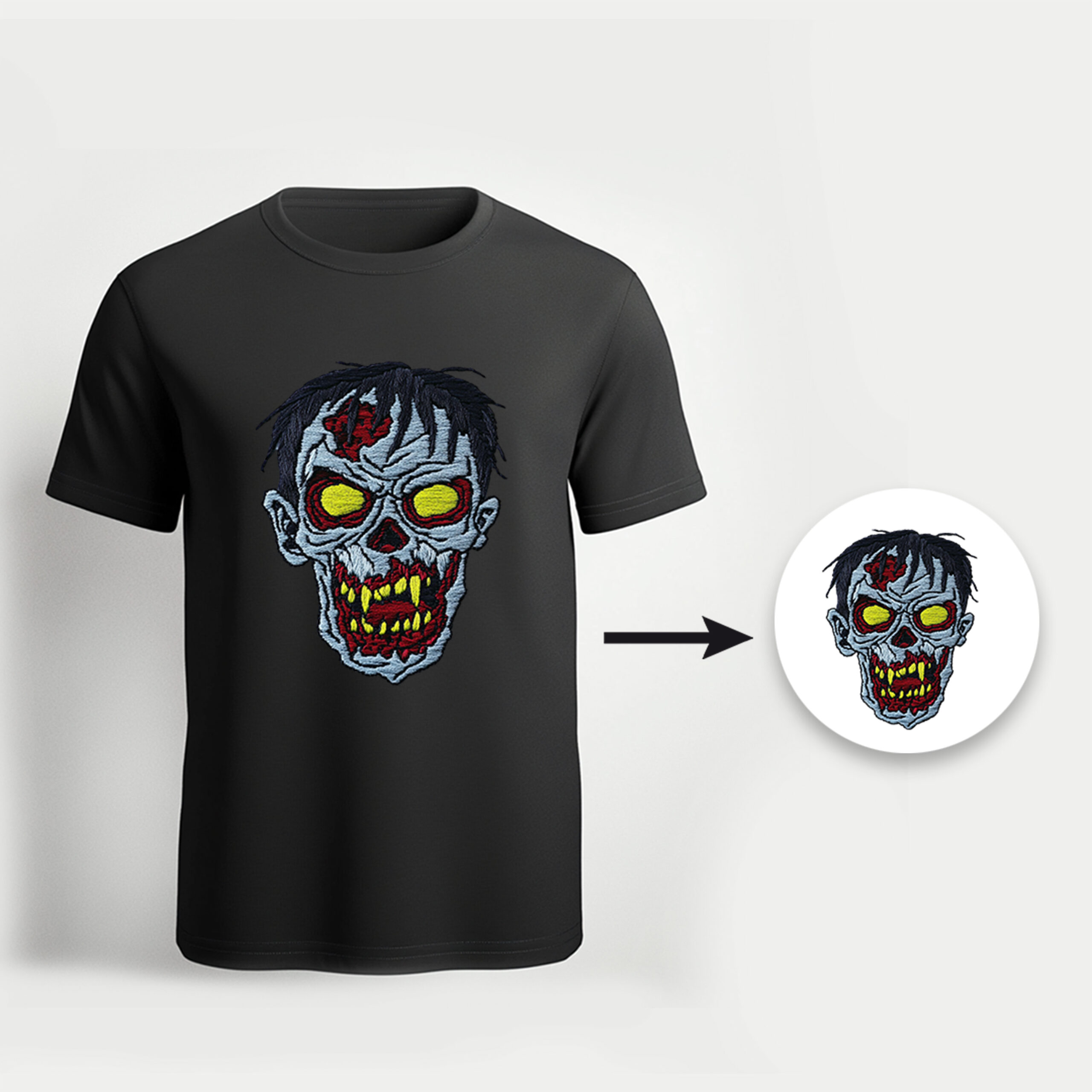Mastering the Art of Embroidery Digitizing: A Guide to Quality Embroidery Digitizing Services

In the ever-evolving world of custom apparel, logos, and promotional merchandise, Embroidery Digitizing stands out as one of the most crucial steps in achieving perfect embroidery results. It’s not just about converting an image into a stitch file — it’s about translating creativity into precision, color, and texture.
Whether you’re a business owner looking to brand your uniforms, an embroidery enthusiast, or a startup apparel company aiming for quality and consistency, understanding embroidery digitizing services is essential.
This comprehensive blog will walk you through what embroidery digitizing is, how the process works, why it’s vital, and what makes a digitizing service truly exceptional.
What is Embroidery Digitizing?
Embroidery Digitizing is the process of converting artwork, logos, text, or any graphic design into a digital embroidery file using specialized software. This file is read by embroidery machines, which then stitch the design onto fabric.
It might sound simple, but in reality, it’s a skilled craft. A digitizer manually assigns stitch types, directions, lengths, underlays, and densities to different parts of the design. Each element must be adjusted for fabric type, thread tension, and machine compatibility to ensure the final result is both visually stunning and technically sound.
Why Embroidery Digitizing Matters
Let’s be clear: no matter how amazing your logo or design is, poor digitizing can ruin it when stitched. That’s why investing in professional embroidery digitizing services is crucial.
Here’s why digitizing matters:
- Accuracy: A high-quality digitized file ensures that every detail of your artwork is translated clearly into stitches.
- Efficiency: Clean, optimized digitizing reduces production time, minimizes thread breaks, and lowers material waste.
- Consistency: Good digitizing maintains design integrity, no matter how many times it’s stitched.
- Fabric Versatility: Different materials require different approaches. Digitizing adjusts for stretch, thickness, and texture.
Whether you’re embroidering polos, caps, denim, towels, or patches — digitizing is what brings your design to life on fabric.
The Embroidery Digitizing Process: Step-by-Step
Curious about how a design becomes thread-ready? Here’s how a typical embroidery digitizing service works:
1. Artwork Submission
The process begins when you submit your artwork — usually in formats like JPG, PNG, AI, or PDF. While vector files are ideal, a good digitizer can work with almost any image type.
2. Design Evaluation
Before any stitching begins, the digitizer evaluates the design. They consider:
- Fabric type (cotton, polyester, leather, etc.)
- Placement (cap front, chest, sleeve)
- Stitch density required
- Size and color limitations
3. Digitizing Using Software
Using professional digitizing software like Wilcom, Pulse, or Hatch, the digitizer assigns:
- Stitch types (satin, fill, run)
- Stitch direction
- Pathing (the order in which elements are stitched)
- Underlay stitches for stability
- Pull compensation to account for fabric stretch
This manual process requires technical skill, artistic sense, and a deep understanding of embroidery machines.
4. Test Run (Optional but Recommended)
The digitized file is run through an embroidery machine to test the actual result. This step helps catch any potential issues like thread breaks, gaps, or misalignments.
5. Final Delivery
Once approved, the digitizer delivers the final embroidery file in the required format — such as .DST, .PES, .EXP, .JEF, etc. The design is now ready to be embroidered.
What Makes a Good Embroidery Digitizing Service?
There are countless digitizing providers online, but not all deliver consistent results. Here’s what separates the professionals from the rest:
✅ Experience & Expertise
Look for digitizers who understand how thread behaves on fabric. It’s not just about using software; it’s about knowing the craft of embroidery.
✅ Quality Assurance
Top-tier services test their files and provide clean, error-free output that runs smoothly on machines.
✅ Fast Turnaround
Speed matters, especially for commercial projects. But speed should never compromise quality. A good provider offers both.
✅ File Format Support
Each embroidery machine brand requires a different file format. A reliable service will support multiple formats tailored to your machine’s requirements.
✅ Responsive Customer Support
Communication is key. A good digitizing partner listens, advises, and delivers — always keeping your needs in focus.
Common Applications of Embroidery Digitizing
Embroidery digitizing services are used in a wide variety of industries and personal projects. Here are some popular applications:
1. Corporate Branding
Logos digitized for uniforms, shirts, and jackets are among the most common uses of digitizing. They make teams look professional and promote brand identity.
2. Sports Teams
Team logos, player names, and jersey numbers are often digitized for embroidery on uniforms, bags, and gear.
3. Schools & Universities
Academic institutions use embroidery for staff uniforms, alumni gear, and merchandise.
4. Events & Promotions
Trade shows, company events, and product launches often use embroidered giveaways — like hats, bags, or patches — for marketing.
5. Custom Gifts & Patches
From monograms to memorial patches, personal embroidery projects are growing in popularity.
DIY vs. Professional Embroidery Digitizing
While software tools are available for personal digitizing, there’s a big difference between DIY and professional work. DIY digitizing can be fun for hobbyists, but it often leads to frustration when designs don’t stitch properly.
Professional digitizers:
- Save you time
- Ensure production-ready files
- Understand the behavior of threads, tension, and different materials
- Handle complex designs and revisions with ease
So, if you want consistent, high-quality results — especially for commercial use — professional embroidery digitizing services are a smarter investment.
Tips for Getting the Best Results from Your Digitizing Service
To get the most out of your digitizing experience, follow these tips:
- Provide High-Quality Artwork: The clearer your design, the better the digitizing result.
- Be Specific: Share details like fabric type, placement, desired size, and color preferences.
- Request a Test Stitch: It’s always wise to test the design before mass production.
- Communicate Revisions Promptly: A good digitizer will gladly tweak your design to get it just right.
Final Thoughts
Embroidery Digitizing is where art meets technology. It’s the backbone of modern embroidery, turning simple images into stitch-perfect designs that last for years. Whether you’re stitching a corporate logo, a personalized gift, or a custom patch, the digitizing quality makes all the difference.
Choosing the right embroidery digitizing service means choosing reliability, precision, and visual excellence. It’s not just about converting a file — it’s about preserving your brand, your style, and your message in every stitch.
So next time you look at an embroidered cap, polo, or patch — remember, there’s a skilled digitizer behind it, turning pixels into threads with perfection.



